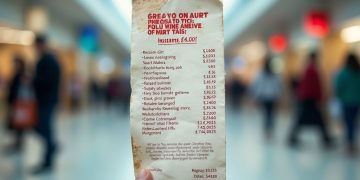April 4, 2025 – The new tariffs introduced by the Trump administration are projected to have a significant impact on lower-income American households, according to analysts and economists. These tariffs, which affect products from countries such as Vietnam, Sri Lanka, Cambodia, and China, are expected to drive up the prices of a range of goods, including shoes, clothing, and food items, that are commonly purchased by lower-income consumers.
Tariffs of over 40% have been imposed on goods from countries that produce affordable products sold in discount stores. For example, products from Vietnam, Sri Lanka, and Cambodia will face tariffs of more than 40%, and goods from China will incur tariffs exceeding 70%. These tariffs come on top of the existing inflationary pressures in the U.S., which have already increased costs for consumers.
According to a study by the Budget Lab at Yale University, the overall effect of the tariffs could cost the average household approximately $3,800 per year. The impact is particularly pronounced for lower-income households, which are expected to experience a reduction in their after-tax income by around 4%, compared to just 1% for higher-income households. This is due to the fact that lower-income families tend to spend a larger portion of their income on essentials like food, clothing, and transportation, much of which is imported from countries targeted by the tariffs.
Economists note that tariffs, which effectively serve as a consumption tax, place a greater burden on those with lower incomes. Ernie Tedeschi, director of economics at the Budget Lab, explained, “Tariffs are a regressive tax. They hurt lower-income families more because they spend a greater share of their income on affected products.”
The tariff increases could raise prices across a variety of sectors. For instance, shoes, apparel, and electronics are expected to see price hikes of up to 18%, 17%, and 10%, respectively. In addition, groceries such as rice and fresh produce may become more expensive.
While the administration has argued that the tariffs are necessary to reshape global trade and bring manufacturing jobs back to the U.S., some economists warn that the cost to consumers could outweigh the potential economic benefits. Treasury Secretary Scott Bessent has emphasized that affordability is about more than just low-cost goods, pointing to the importance of factors like housing and wages in the broader economic picture.
Despite these assertions, rising prices have become a sensitive issue for American consumers. Inflation has already led to growing concerns, as evidenced by exit polling in the 2024 elections, where 40% of voters cited the economy as their primary concern.
Kimberly Clausing, a senior fellow at the Peterson Institute for International Economics, noted that while higher-income households might feel the impact of the tariffs, it is the lower-income households that will bear the brunt of these cost increases. She pointed out that lower-income families are less able to absorb higher prices, making the economic strain more acute for them.
Retailers have also voiced concerns about the effects of the tariffs on their businesses. Many anticipate having to raise prices, which could result in decreased demand from consumers. Stocks for discount retailers such as Five Below and Wayfair have already seen declines following the tariff announcement, with experts predicting that some businesses may be forced to stop selling certain low-cost goods due to reduced profitability.
Industry representatives, such as Matt Priest, president of the Footwear Distributors and Retailers of America, have expressed concerns about the impact on the footwear industry. The tariff on shoes made in China has increased from approximately 10% to more than 70%, raising retail prices significantly. As a result, some products may no longer be viable for retailers to sell.
While the full economic impact of the tariffs remains to be seen, it is clear that lower-income Americans, who are most reliant on affordable imported goods, will likely experience the most significant financial strain.
Stay updated with supply chain logistics news on The Supply Chain Report. Free international trade tools are available at ADAMftd.com.
#TariffImpact #LowerIncomeHouseholds #TradePolicy #EconomicImpact #TariffEffect #GlobalTrade #CostOfLiving
















